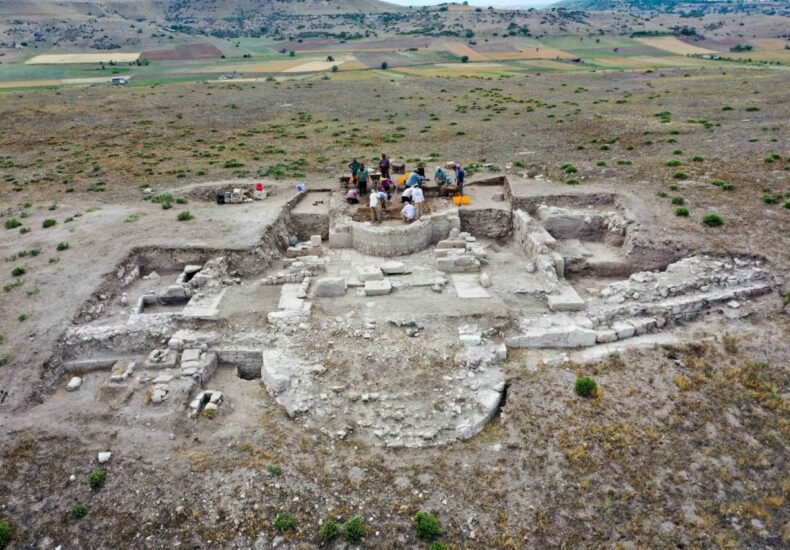
Excavations Start in the Ancient City of Lystra, Mentioned in the Bible
Archaeological excavations have resumed in 2025 at the ancient city of Lystra, located in Konya’s Meram district — a site of great historical and religious significance, particularly within Christian tradition. Known as one of the rare cities mentioned in the Bible, Lystra is attracting growing international interest.
Nestled between the Botsa and Hatunsaray regions of central Türkiye, Lystra holds a unique place in the history of Christianity. The city is cited multiple times in the New Testament, as it was visited three times by Saint Paul the Apostle during his missionary journeys. These biblical connections make Lystra a compelling site for religious tourism and scholarly research alike.
Discovery of a Major Early Christian Church
The excavations, now in their second season, are being led by Assoc. Prof. Dr. İlker Mete Mimiroğlu, an art historian from Necmettin Erbakan University. Dr. Mimiroğlu revealed that in 2024, archaeologists uncovered what is believed to be the city’s main church structure, a discovery with profound implications for early Christian history.
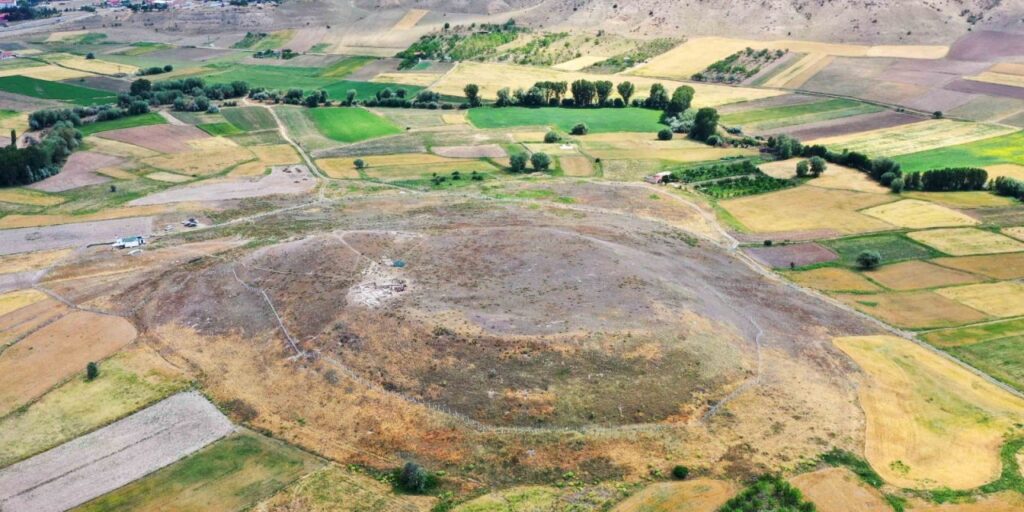
“Lystra is one of the few cities specifically mentioned in the Bible. It has the potential to become a sacred pilgrimage destination,” said Dr. Mimiroğlu. “What’s truly fascinating is that over 80 churches around the world contain artworks depicting Saint Paul’s visits to Lystra — painted by artists who never even saw the city firsthand. This highlights Lystra’s lasting spiritual and cultural legacy across centuries.”
📣 Our WhatsApp channel is now LIVE! Stay up-to-date with the latest news and updates, just click here to follow us on WhatsApp and never miss a thing!!
International Collaboration and Future Cultural Events
The project is being carried out under the auspices of the Turkish Ministry of Culture and Tourism, in cooperation with Meram Municipality, Konya Metropolitan Municipality, and several major Turkish universities, including Selçuk, Konya Technical, Nevşehir, and Istanbul Universities.
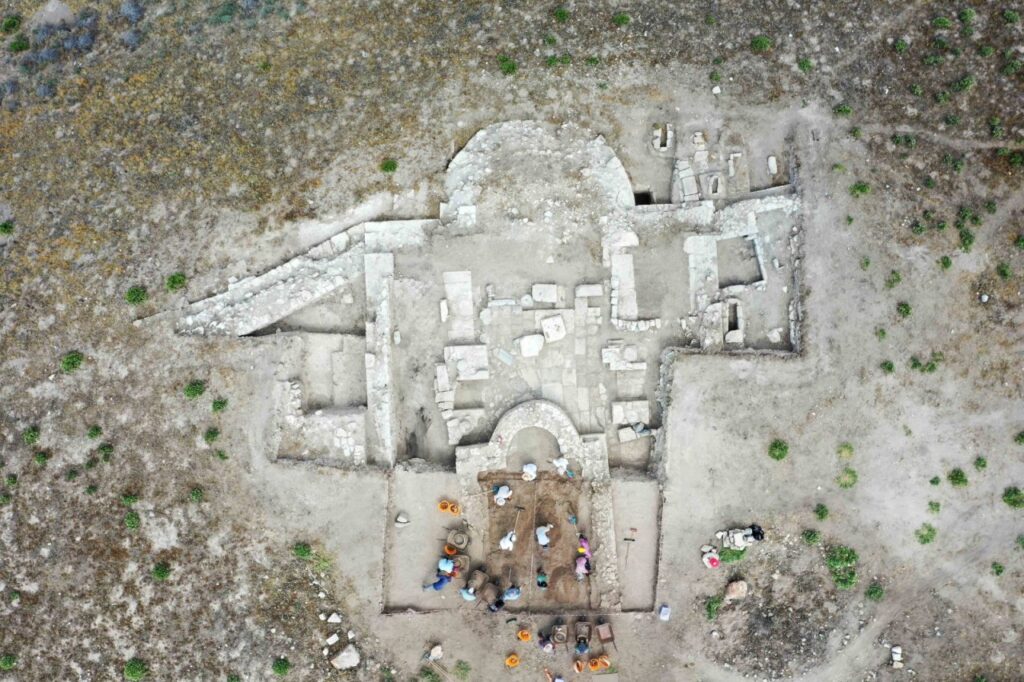
Dr. Mimiroğlu noted that the 2025 excavation season is scheduled to continue until the end of November. Alongside the archaeological work, several cultural initiatives are underway. Notably, in July, an international exhibition will feature religious artworks from global churches depicting Saint Paul’s visits to Lystra — aiming to raise awareness of the site’s historical importance.
An Archaeology Summer Camp is also planned, offering students hands-on experience in historical research and excavation. Despite being at an early stage of exploration, Lystra is already receiving visitors from around the world — a trend expected to grow as more of the city is revealed.
Cover Photo: IHA
You may also like
- A 1700-year-old statue of Pan unearthed during the excavations at Polyeuktos in İstanbul
- The granary was found in the ancient city of Sebaste, founded by the first Roman emperor Augustus
- Donalar Kale Kapı Rock Tomb or Donalar Rock Tomb
- Theater emerges as works continue in ancient city of Perinthos
- Urartian King Argishti’s bronze shield revealed the name of an unknown country
- The religious center of Lycia, the ancient city of Letoon
- Who were the Luwians?
- A new study brings a fresh perspective on the Anatolian origin of the Indo-European languages
- Perhaps the oldest thermal treatment center in the world, which has been in continuous use for 2000 years -Basilica Therma Roman Bath or King’s Daughter-
- The largest synagogue of the ancient world, located in the ancient city of Sardis, is being restored

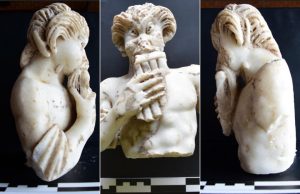
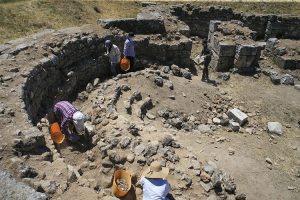
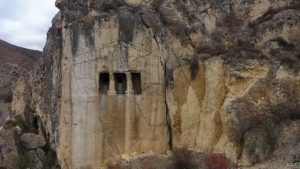
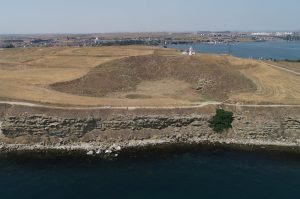
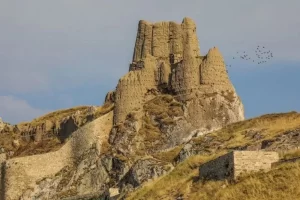
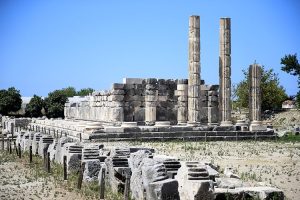


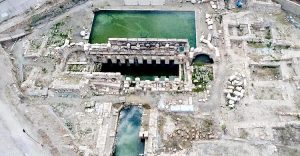
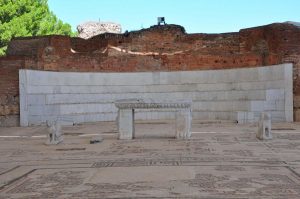
Leave a Reply